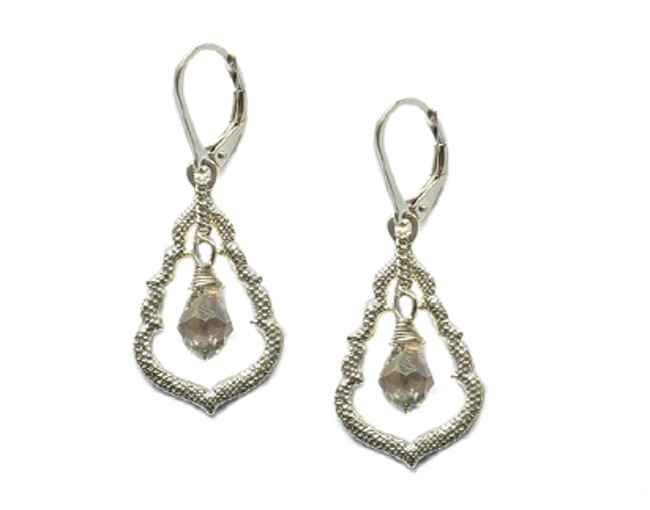The well-known song says, “a kiss is just a kiss,” but the Ninth Circuit says that some kisses are “thin” and some are “broad,” and on that your copyright lawyer can rely. As time goes by.
The court got into analyzing kisses through a case, Sophia & Chloe v. Brighton Collectibles, involving designs of “Buddha’s Kiss” earrings. A Buddha’s Kiss earring has three elements: a teardrop-shaped earring, the henna symbol for the word “kiss,” and the image of the Buddha. As you might expect, the producer of one Buddha’s Kiss earring sued the producer of another, claiming copyright infringement.
Each of the parties’ earrings contained those three elements. But was that similarity enough to prove copyright infringement? The court said it wasn’t. Because every Buddha’s Kiss earring must contain those three elements, that means that the combination of those three elements is the “idea” of the earring. And copyright law does not protect ideas, but merely particular creative expressions of ideas.
Normally, two different creative expressions are analyzed under a “substantial similarity” test. But the Ninth Circuit held that because there were only a few ways to combine the three essential elements of a Buddha’s Kiss, infringement can be found only if the two designs are “virtually identical.”
The decision cites precedents distinguishing between typical copyrighted designs with “broad” protection, and works that are naturally confined to a narrow range of expression, which merit only “thin” copyright protection.
One judge dissented, believing that the three essential elements of the design do not restrict designers as much as the majority claimed. He quoted one designer’s testimony that she could come up with thousands of different ways to combine Buddha’s Kiss elements into earrings.
The court decided the case on January 8, 2018, apparently overlooking the opportunity to wait just a few more weeks, and issue its decision about kisses and earrings on Valentine’s Day.
Mark Sableman is a partner in Thompson Coburn’s Intellectual Property group.







